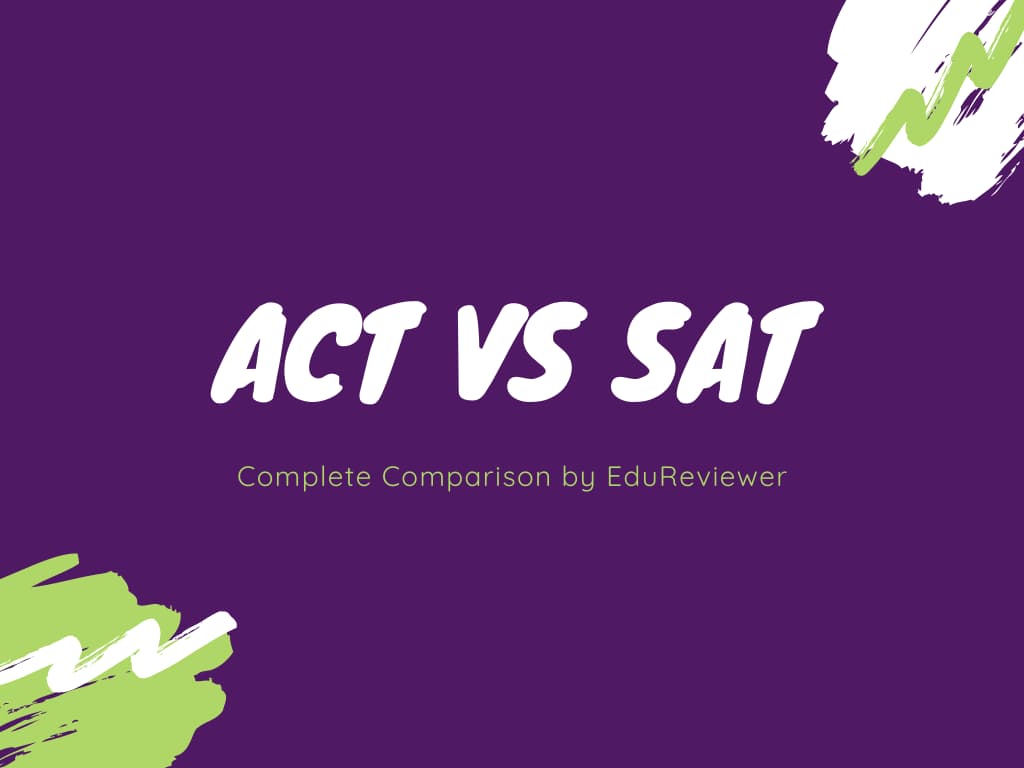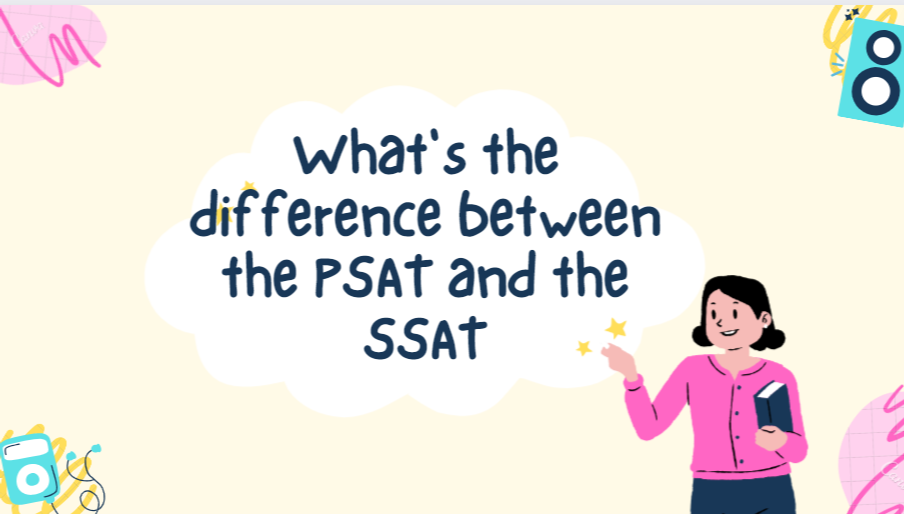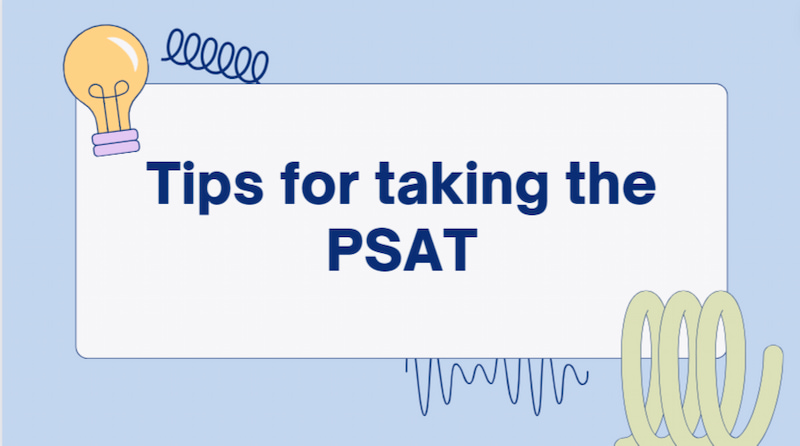The PSAT serves as a preparatory stepping stone, offering a glimpse into the SAT’s structure and content without the pressure of college admissions looming overhead.
Meanwhile, the SAT stands as a crucial milestone in the college application process, its scores a significant factor in university admissions decisions. By understanding their differences, you’re better equipped to tackle each with the right strategy and mindset, paving your way toward achieving your educational aspirations.
What Is the PSAT?
The PSAT, or Preliminary SAT, serves as both a practice run for the SAT and a qualifying test for the National Merit Scholarship Program. It’s designed to prepare students for the SAT, giving them a taste of what to expect while also providing valuable feedback on areas needing improvement. Administered to high school sophomores and juniors, the PSAT is more than just a practice test; it’s a critical benchmark for academic progress and scholarship potential.
By participating in this exam, students can identify strengths and weaknesses in key academic areas, allowing for targeted study and improvement. Furthermore, high scorers on the PSAT may become eligible for National Merit Scholarships, which can significantly aid in funding their college education.
The test covers reading, writing, and math, mirroring the SAT’s format without the essay section, making it a slightly shorter and less intense experience. Lastly, taking the PSAT can familiarize students with standardized testing procedures and reduce test anxiety, setting a foundation for future academic testing endeavors.
What Is the SAT?
The SAT is a standardized test widely used for college admissions in the United States. It assesses a student’s readiness for college through its evaluation of mathematical, reading, and writing skills. If you want to improve SAT math scores yourself, read our previous article. The SAT is a critical component in the college application process, providing colleges with a common data point to compare all applicants. The SAT is divided into two main sections: Evidence-Based Reading and Writing, and Math, with an optional Essay section that some colleges may require. This comprehensive test is designed to gauge academic abilities and test students’ problem-solving skills under time constraints, reflecting real-world scenarios they might face in college. What to bring for SAT? Read our previous article.
The results of the SAT can significantly influence a student’s college admissions prospects, scholarship opportunities, and placement in college courses. It’s offered several times a year, providing multiple opportunities for students to achieve their best possible scores. Preparation for the SAT often involves rigorous study, practice tests, and sometimes enrollment in prep courses, highlighting its importance in the journey towards higher education.
PSAT vs. SAT Key Differences
The PSAT and SAT, while similar in structure and content, differ in their purpose, scoring, and impact on college admissions. The PSAT is primarily a preparatory and scholarship-qualifying test, whereas the SAT directly affects college admissions decisions. This distinction underlines the importance of each test at different stages of a student’s academic career. The PSAT offers a valuable opportunity for students to practice under conditions similar to the SAT without the pressure of college admissions. In contrast, the SAT is a pivotal component of college applications, often determining eligibility for admission to many universities.
Key PSAT and SAT differences include:
- Purpose: The PSAT is designed as a practice tool and a qualifier for scholarships, while the SAT is a college admissions test.
- Scoring: PSAT scores range from 320 to 1520, whereas SAT scores fall between 400 and 1600.
- Content Length: The SAT includes more questions and has a longer duration compared to the PSAT.
- Essay Section: The SAT offers an optional essay not present in the PSAT.
- Impact: High scores on the SAT are crucial for college admissions, while high scores on the PSAT can lead to scholarship opportunities, including National Merit distinctions.
Is the PSAT a practice SAT? Understanding these differences helps students and parents plan effectively for both tests, ensuring students are well-prepared to maximize their performance and leverage each test’s opportunities.
PSAT vs. SAT Structure
Navigating the academic testing landscape requires a keen understanding of the tools at your disposal, especially when it comes to the PSAT and SAT. These exams, pivotal in preparing for and applying to college, feature distinct structures that cater to their specific objectives. By examining the breakdown of each test’s components, students can gain insights into the strategic approach needed for each.
Understanding the timing, question count, and section focus helps demystify the exams, making preparation more targeted and efficient. This comparison highlights the physical differences and underscores each test’s unique role in a student’s academic journey. To better understand the structural difference between PSAT and SAT, let’s take a closer look at the specifics:
| Component |
PSAT |
SAT |
| Reading |
60 minutes, 47 questions |
65 minutes, 52 questions |
| Writing & Language |
35 minutes, 44 questions |
35 minutes, 44 questions |
| Math – No Calculator |
25 minutes, 17 questions |
25 minutes, 20 questions |
| Math – Calculator |
45 minutes, 31 questions |
55 minutes, 38 questions |
| Total Testing Time |
2 hours 45 minutes, 139 questions |
3 hours, 154 questions |
Recognizing the structural differences between the PSAT and SAT is crucial for effective study strategies and test day performance. This knowledge empowers students to tailor their preparation accordingly, optimizing their chances of success in practice and college admissions.
PSAT vs. SAT Scores Range
Understanding the scoring differences between the PSAT and SAT is essential for students aiming to accurately gauge their college readiness and scholarship potential. While both tests evaluate similar academic skills, the way scores are reported and interpreted can significantly impact a student’s preparation strategy and college application process. The PSAT serves as a practice for the SAT and as a benchmark for scholarship eligibility, making its scoring system a critical component of high school academic planning.
On the other hand, the SAT score is a key factor in college admissions, reflecting a student’s readiness for college-level work. Analyzing the score ranges and percentiles provides insights into how performance on the PSAT might translate to the SAT, helping students set realistic goals and identify areas for improvement.
PSAT to SAT Score Conversion and Percentiles
| Percentile |
PSAT Total Score |
SAT Total Score |
| 99+ |
1490-1520 |
1560-1600 |
| 99 |
1460-1480 |
1520-1550 |
| 95 |
1360-1370 |
1430-1440 |
| 90 |
1280 |
1350 |
| 85 |
1230 |
1290 |
| 80 |
1190 |
1240-1250 |
| 75 |
1150 |
1200-1210 |
| 50 |
1000-1010 |
1040-1050 |
The provided conversion table offers a clear comparison, illustrating that high PSAT performance correlates with high SAT scoring potential. This information is invaluable for students seeking to understand their standing in a national context, allowing for targeted preparation efforts to improve specific skills. Understanding these differences and similarities in scoring helps demystify the path from high school to college, emphasizing the importance of both tests in academic and scholarship pursuits.
PSAT vs. SAT Costs
The cost of taking these tests varies, with the PSAT typically being less expensive than the SAT. Schools may cover the PSAT fee, whereas the SAT is usually the student’s responsibility. It may cost up to $18 to take the PSAT, whereas the SAT fee is $55. This distinction in cost can significantly influence a student’s decision to take these exams, especially when considering the additional expenses of test preparation materials, courses, and potentially retaking the test to achieve a desired score. With its higher stakes for college admission, the SAT often necessitates more extensive preparation, which can further escalate the total investment a student and their family must make.
Financial assistance and fee waivers are available for eligible students for both tests, aiming to ensure that all students, regardless of economic background, have the opportunity to showcase their academic abilities. These financial considerations highlight the importance of planning and preparation and the potential for schools and communities to support students in their college-readiness efforts. If you need an SAT tutor certification guide, find it in our previous article. Understanding the costs associated with the PSAT and SAT is crucial for families as they navigate the college admissions process, making informed decisions about where to allocate resources for maximum benefit.
FAQ
Is the PSAT harder than the SAT?
No, students take the PSAT before the SAT. The PSAT is slightly easier and shorter than the SAT, making it an excellent introductory step for students. Its content mirrors that of the SAT but is tailored to be less rigorous, providing a less intimidating environment for students to familiarize themselves with the format and types of questions they will encounter.
Does PSAT predict SAT score?
Yes, the PSAT serves as a valuable benchmark, offering a rough estimate of your potential SAT score. By analyzing your PSAT results, you can gauge your current level of preparedness for the SAT, identify areas requiring further study or practice, and tailor your preparation strategy accordingly. This predictive capability makes the PSAT an essential tool in the college admissions planning process. The best PSAT prep courses are found in our previous article.
What does a 1200 on the PSAT equal on the SAT?
A 1200 on the PSAT suggests you might achieve a 1250 or slightly higher score on the SAT, given the PSAT’s slightly easier nature and lower maximum score.




